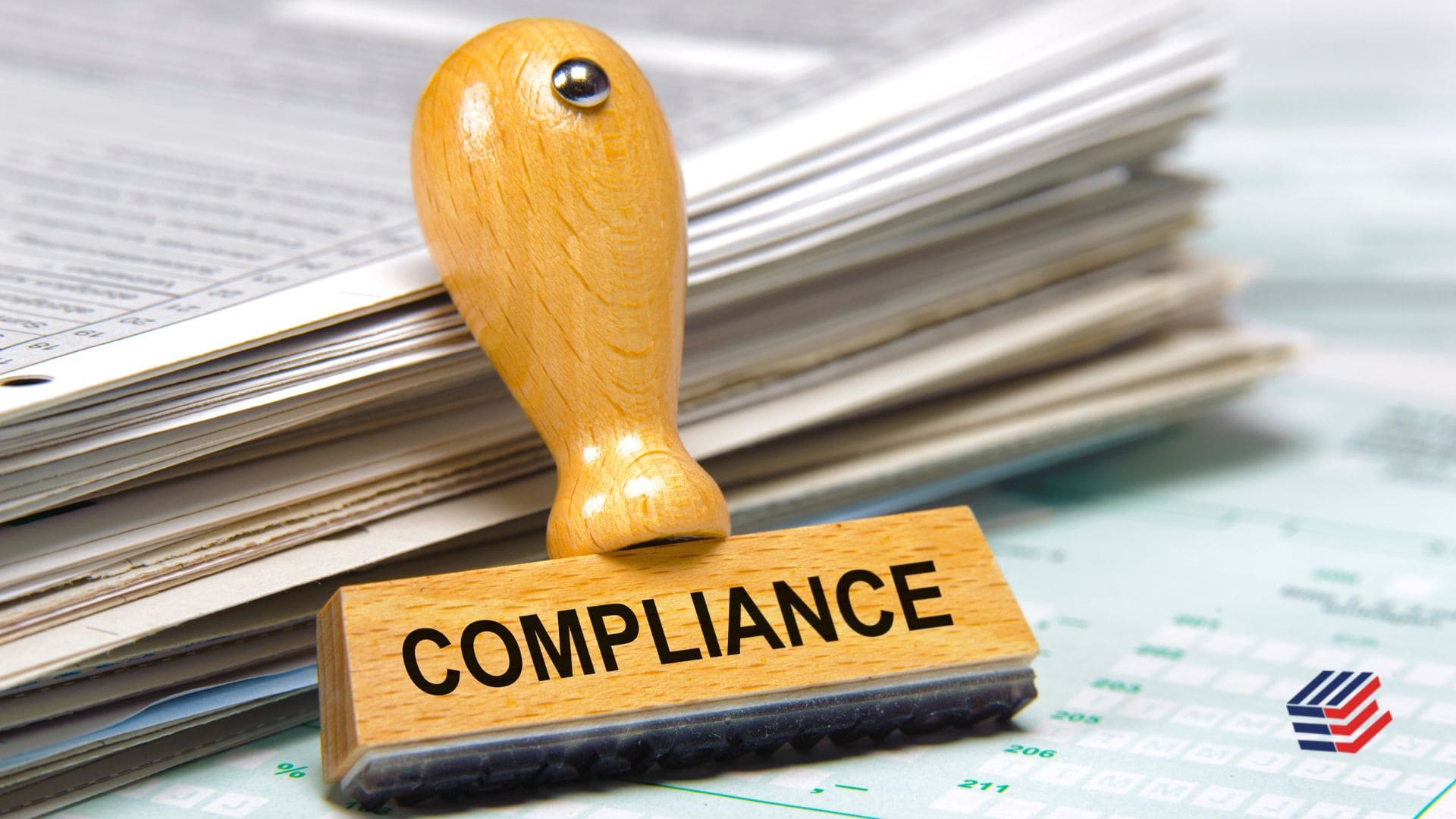The purpose of employee testing is to provide an employer with a means to predict how well an individual will perform on the job. Hiring the wrong people can prove to be an expensive proposition over time because selection errors can have a negative impact on employee morale and management time, waste valuable training and development dollars, as well as result in a decrease in productivity and the financial profitability of the organization. According to a 2006 study published by the Substance Abuse and Mental Health Services Administration (SAMHSA), most individuals categorized as drug users (74.9 percent), binge drinkers (79.4 percent) and heavy drinkers (79.2 percent) are employed. Hence a drug screening is one of the key tests to be conducted while screening whom to hire. Incorporating the use of drug and alcohol testing in the workplace has become a matter of corporate culture, company policy and even compliance in some industries.
Drug screening however is a magnet for lawsuits, mostly filed by employees claiming illegal discrimination after they are fired for testing positive. To steer clear of such allegations, the U.S. Department of Labor advises employers with drug-testing programs to comply with state laws and the following three federal laws:
- The Americans with Disabilities Act (ADA). Even though drug tests may be given any time under the act, an employer is in a better position to avoid liability by conducting drug tests after making a job offer, according to the U.S. Equal Employment Opportunity Commission’s ADA Technical Assistance Manual. This is because an employer may not ask what prescription drugs an individual is taking before a conditional job offer.
- The Rehabilitation Act of 1973: This law applies to the federal government, government contractors, and those receiving financial assistance from the federal government. The Act protects those in drug rehabilitation programs or those who have successfully completed such programs.
- The Family and Medical Leave Act.
Society for Human Resource Management has identified certain best practices to follow while implementing a drug test.
- The privacy of samples should be maintained by establishing a sample identification method that does not include the applicant’s name. In addition, a sound chain-of-custody procedure must be used.
- When selecting a lab to conduct the testing, choose one that meets your organization’s testing needs.
- The lab should have a history of highly reliable results and a methodology to confirm initial positive results. Also, the lab should be enrolled in a minimum of one independently administered program to monitor its success rate.
- Check whether the lab is licensed and accredited per applicable local, state, and federal laws.
- Determine the complete services provided and the associated fees so that testing costs can be determined.
- Set up a procedure to frequently check the quality of service provided by the lab.
- Notice of the substance-screening policy should be placed on employment applications. Notify the applicant of the testing procedure and test the applicant only after he or she has been notified of the test and procedures and has given his or her consent. Test all applicants for all jobs.
- Employees should be given an opportunity to retest, as well as a means to challenge results. The consequences of a positive test result should be made clear to the applicant.

